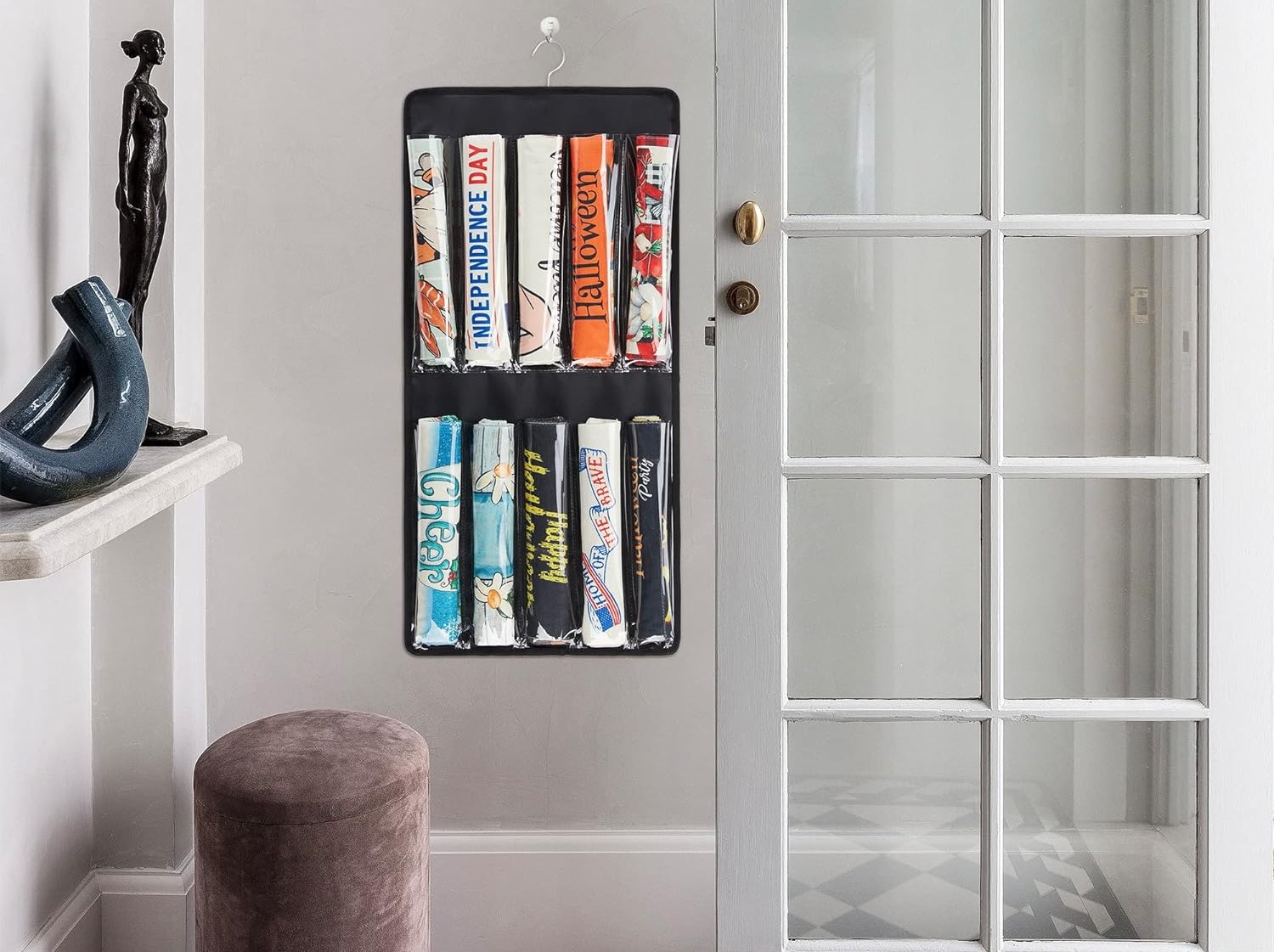

Articles
How To Store Decorative Flags
Modified: December 7, 2023
Discover the best ways to store decorative flags with our informative articles. From folding techniques to storage solutions, we've got you covered!
(Many of the links in this article redirect to a specific reviewed product. Your purchase of these products through affiliate links helps to generate commission for Storables.com, at no extra cost. Learn more)
Introduction
Decorative flags are a wonderful way to add a touch of color and character to your home or outdoor space. Whether you display them for holidays, special occasions, or simply to showcase your personal style, it’s important to properly store them when not in use. Proper storage not only helps protect the flags from damage but also ensures that they’ll be in good condition for years to come.
In this article, we’ll discuss the importance of proper storage for decorative flags and provide you with practical tips on choosing the right storage container, cleaning and preparing the flags for storage, folding and storing the flags, protecting them from damage and fading, and offering a few suggestions for long-term storage. So, let’s dive in and discover how to store your decorative flags!
Key Takeaways:
- Properly storing decorative flags is crucial for preserving their beauty and longevity. Choose the right container, clean and prepare the flags, and protect them from damage and fading to ensure they remain vibrant and well-maintained.
- Long-term storage requires extra precautions such as using archival-quality materials, rotating stored flags, and monitoring the storage environment. By investing in proper storage techniques, you can enjoy your decorative flags for years to come.
Read more: How To Store Flags
Importance of Proper Storage for Decorative Flags
Properly storing your decorative flags is essential to maintain their beauty and prolong their lifespan. Here’s why it’s important to give your flags the storage they deserve:
- Preservation: Decorative flags are often made from delicate materials like polyester or nylon, which can easily get damaged if not stored properly. By storing them correctly, you can prevent tears, fraying, and fading, ensuring that your flags stay vibrant and attractive.
- Protection from the elements: Weather can be harsh on decorative flags, causing them to fade or deteriorate over time. Storing them indoors in a controlled environment helps shield them from excessive sunlight, moisture, and other environmental factors that can damage the fabric.
- Space optimization: Storing your flags properly not only protects them but also helps you maximize your storage space. By keeping them neatly folded or rolled in an appropriate container, you can avoid unnecessary creases or clutter.
- Easy accessibility: When stored in an organized and efficient manner, your decorative flags will be easily accessible whenever you want to display them. No more rummaging through piles of flags or dealing with tangled messes!
- Longevity: Proper storage can significantly extend the lifespan of your decorative flags. By taking the time to store them correctly, you’ll be able to enjoy their beauty for many years, saving you from the expense and hassle of replacing them frequently.
Now that you understand why proper storage is important, let’s explore the steps to ensure your decorative flags are stored in the best possible way.
Choosing the Right Storage Container
When it comes to storing your decorative flags, selecting the right storage container is crucial. Here are some factors to consider when choosing the perfect container:
- Size: The container should be spacious enough to comfortably accommodate your flags without folding or squishing them too tightly. Consider the size of your flags and choose a container that allows them to lay flat or be rolled up without excessive compression.
- Material: Opt for a container made from a durable and moisture-resistant material, such as plastic or a weatherproof fabric. This will help protect your flags from moisture damage and keep them safe from dust, dirt, and pests.
- Closure: Look for a container with a secure closure mechanism, such as a tight-fitting lid or zipper. This will prevent any unwanted elements from entering the storage space and potentially damaging the flags.
- Transparency: Consider choosing a container that is transparent or semi-transparent. This allows you to easily identify the flags inside without the need to open the container and rummage through its contents.
- Handles: If you plan to move the container frequently or store it in a high place, handles can be a convenient feature. They make it easier to lift and carry the container, reducing the risk of dropping or damaging the flags.
Once you have found the appropriate container, it’s time to prepare your flags for storage.
Cleaning and Preparing the Flags for Storage
Before storing your decorative flags, it’s essential to clean and prepare them properly. Follow these steps to ensure your flags are ready for storage:
- Inspect for damage: Carefully examine your flags for any signs of damage, such as tears, fraying, or loose threads. If you spot any issues, mend them before storing to prevent further damage.
- Remove dirt and debris: Shake off any loose dirt or debris from the flags. Depending on the fabric, you may be able to gently vacuum them using a brush attachment to remove any remaining particles.
- Hand wash or machine wash: Check the care instructions for your flags. If they are machine washable, use a mild detergent and follow the recommended washing instructions. For delicate or hand wash-only flags, proceed with a gentle hand wash using a mild detergent and cold water.
- Dry thoroughly: After washing, allow the flags to air dry completely. Avoid exposing them to direct sunlight or high heat, as this can cause fading or shrinkage.
- Iron or steam: Once dry, iron the flags on a low heat setting to remove any wrinkles. Alternatively, you can use a handheld steamer to gently steam out any creases. Ensure that the flags are completely cool and dry before proceeding.
- Consider fabric protectors: To enhance the longevity of your flags, you may apply a fabric protector spray. This can help repel dirt and water, providing an extra layer of protection against stains and moisture.
By following these cleaning and preparation steps, you’ll ensure that your decorative flags are in optimal condition for storage. Now, let’s move on to the next crucial step: folding and storing the flags.
Store decorative flags in a cool, dry place to prevent fading and damage. Avoid folding or creasing the flags to maintain their shape and appearance. Consider using a flag storage bag or container to protect them from dust and moisture.
Folding and Storing the Flags
Properly folding and storing your decorative flags is essential to prevent creasing, maintain their shape, and minimize the risk of damage. Follow these steps to fold and store your flags effectively:
- Folding technique: Start by laying the flag flat on a clean and smooth surface. Fold the flag in half lengthwise, aligning the edges. Then, fold it in half again, this time widthwise. This will create a long and narrow strip. Finally, fold the strip accordion-style, folding it back and forth until you reach the end. The final size of the folded flag will depend on the storage container and the flag’s dimensions.
- Rolling technique: An alternative to folding is rolling the flag. Start by laying the flag flat and gently roll it from one corner to the opposite corner. This technique works well for larger flags and helps reduce creasing. Secure the rolled flag with a rubber band or tie it with a piece of ribbon to keep it tightly rolled.
- Insertion into the container: Carefully place the folded or rolled flag into the chosen storage container. Be mindful not to force it or exert excessive pressure, as this can cause unnecessary creasing or damage to the fabric.
- Layering: If you have multiple flags to store, separate them with tissue paper or acid-free archival paper to prevent any colors from bleeding onto each other. This is particularly important if you have flags with different colors or patterns.
- Labeling: Consider labeling the storage container or using clear plastic sleeves to keep track of the specific flags inside. This will make it easier and more efficient to locate a specific flag when you’re ready to use it.
Remember, the key to successful flag storage is to handle them with care and store them in a way that minimizes the risk of damage or excessive creasing. Now, let’s move on to the next step: protecting your flags from damage and fading.
Read more: How To Store A Flag
Protecting Flags from Damage and Fading
Protecting your decorative flags from damage and fading is crucial to maintaining their vibrant colors and overall condition. Here are some tips to keep your flags looking their best:
- Store in a cool, dry place: Choose a storage location away from direct sunlight, excessive heat, and high humidity. Extreme temperatures and moisture can cause color fading and fabric deterioration over time.
- Avoid exposure to UV rays: If you display your flags outdoors, consider using UV-resistant flagpoles and hardware. Additionally, look for flags made from fade-resistant fabrics that are specifically designed to withstand sun exposure.
- Handle with clean hands: Before handling your flags, make sure your hands are clean and free from any oils, lotions, or dirt that could transfer onto the fabric. This will help prevent any staining or discoloration.
- Maintain proper ventilation: Ensure that your storage area has adequate airflow to prevent the buildup of musty odors or mold. This is especially important if you store your flags in a basement or an enclosed space.
- Keep flags away from pets: While our furry friends are adorable, they can sometimes mistake decorative flags for toys. Avoid potential damage by storing flags in a location that is inaccessible to pets.
- Inspect flags periodically: Regularly check your stored flags for any signs of damage, insects, or mildew. If any issues are detected, take the necessary steps to address them promptly. Early intervention can help prevent further damage.
By following these tips, you will help protect your flags from damage, prolong their lifespan, and ensure that they continue to bring beauty and joy to your space. Now, let’s move on to some additional tips for long-term storage.
Tips for Long-Term Storage
If you plan to store your decorative flags for an extended period, it’s important to take a few extra precautions. Here are some tips for long-term storage:
- Use archival-quality materials: Consider storing your flags in acid-free archival sleeves or containers. These materials are designed to prevent deterioration and discoloration over time.
- Rotate stored flags: If you have a collection of flags, periodically rotate the ones you display and the ones you store. This will prevent the stored flags from staying folded or rolled for too long, minimizing the risk of permanent creases.
- Monitor the storage environment: Regularly check the storage area for any changes in temperature, humidity levels, or pest activity. If needed, adjust the storage conditions to maintain the ideal environment for your flags.
- Keep flags away from chemicals: Avoid storing your flags near any chemicals or substances that could potentially cause staining or damage. Be cautious of storing flags in areas where there may be exposure to strong cleaning agents, solvents, or volatile compounds.
- Consider climate-controlled storage: If you have valuable or delicate flags that require optimal storage conditions, consider using a climate-controlled storage facility. These facilities maintain consistent temperature and humidity levels, providing an ideal environment for long-term preservation.
By implementing these tips, you can ensure that your decorative flags remain in pristine condition, even during long periods of storage. Now, let’s wrap up the article.
Conclusion
Properly storing your decorative flags is essential to preserve their beauty, protect them from damage, and ensure their longevity. By following the guidelines outlined in this article, you can ensure that your flags remain vibrant, well-maintained, and ready for display whenever the occasion arises.
Start by choosing the right storage container that provides adequate space and protection. Clean and prepare your flags before storing, ensuring they are free from dirt and debris. Proper folding or rolling techniques can help prevent creasing and damage. When storing multiple flags, layering and labeling can keep them organized and easily accessible.
To protect your flags from damage and fading, store them in a cool, dry place and avoid exposure to direct sunlight. Handle them with clean hands and periodically check for any signs of damage or pests. Long-term storage can benefit from using archival-quality materials and monitoring the storage environment.
By taking the time and effort to store your decorative flags properly, you can ensure that they remain in excellent condition for years to come. Whether you display them for special occasions or to add a touch of color to your space, your flags will continue to bring joy and beauty to your surroundings.
Remember, investing in proper storage techniques for your decorative flags is an investment in preserving their value and extending their lifespan. So, take the necessary steps, give your flags the care they deserve, and enjoy their beauty for years to come!
Frequently Asked Questions about How To Store Decorative Flags
Was this page helpful?
At Storables.com, we guarantee accurate and reliable information. Our content, validated by Expert Board Contributors, is crafted following stringent Editorial Policies. We're committed to providing you with well-researched, expert-backed insights for all your informational needs.

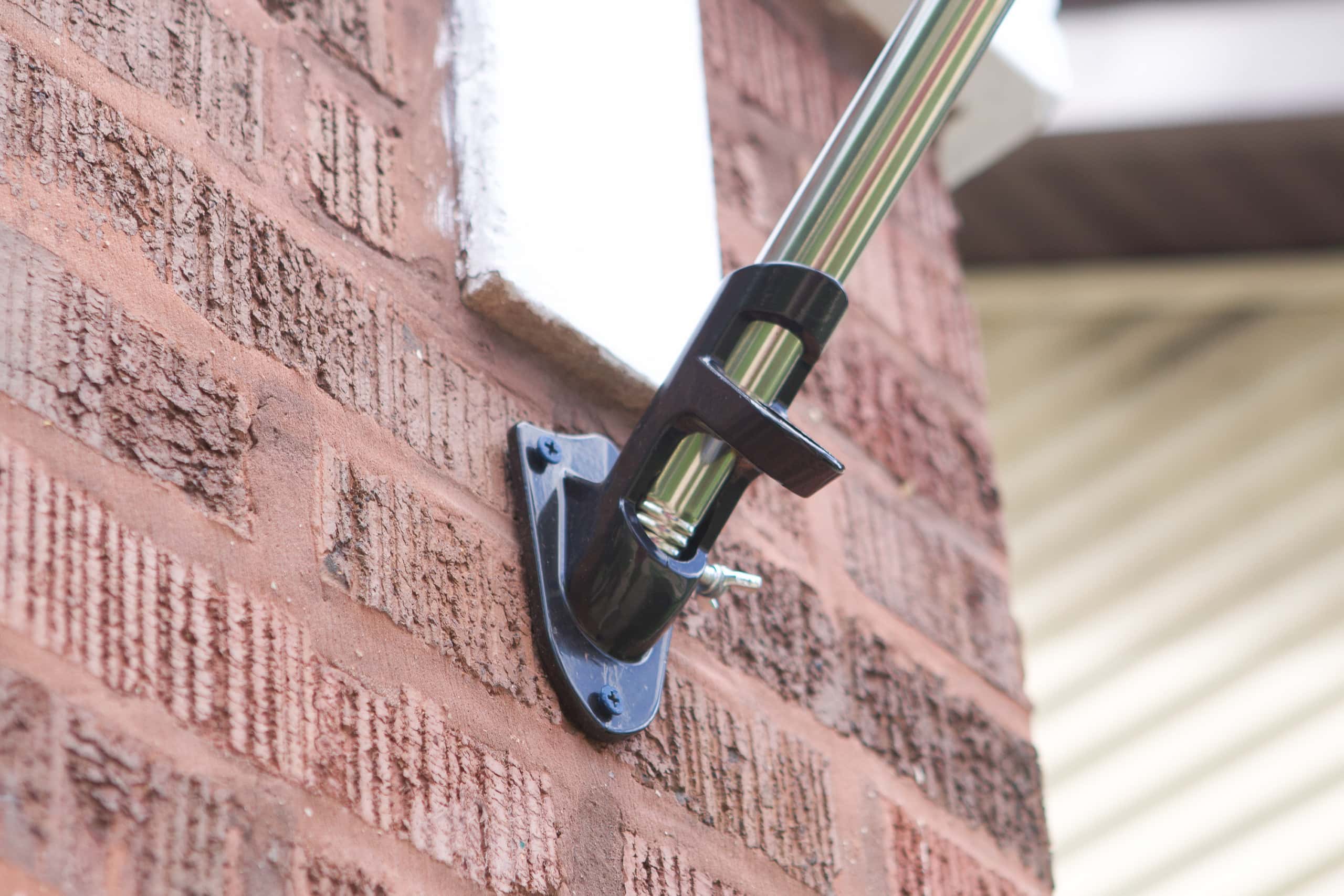
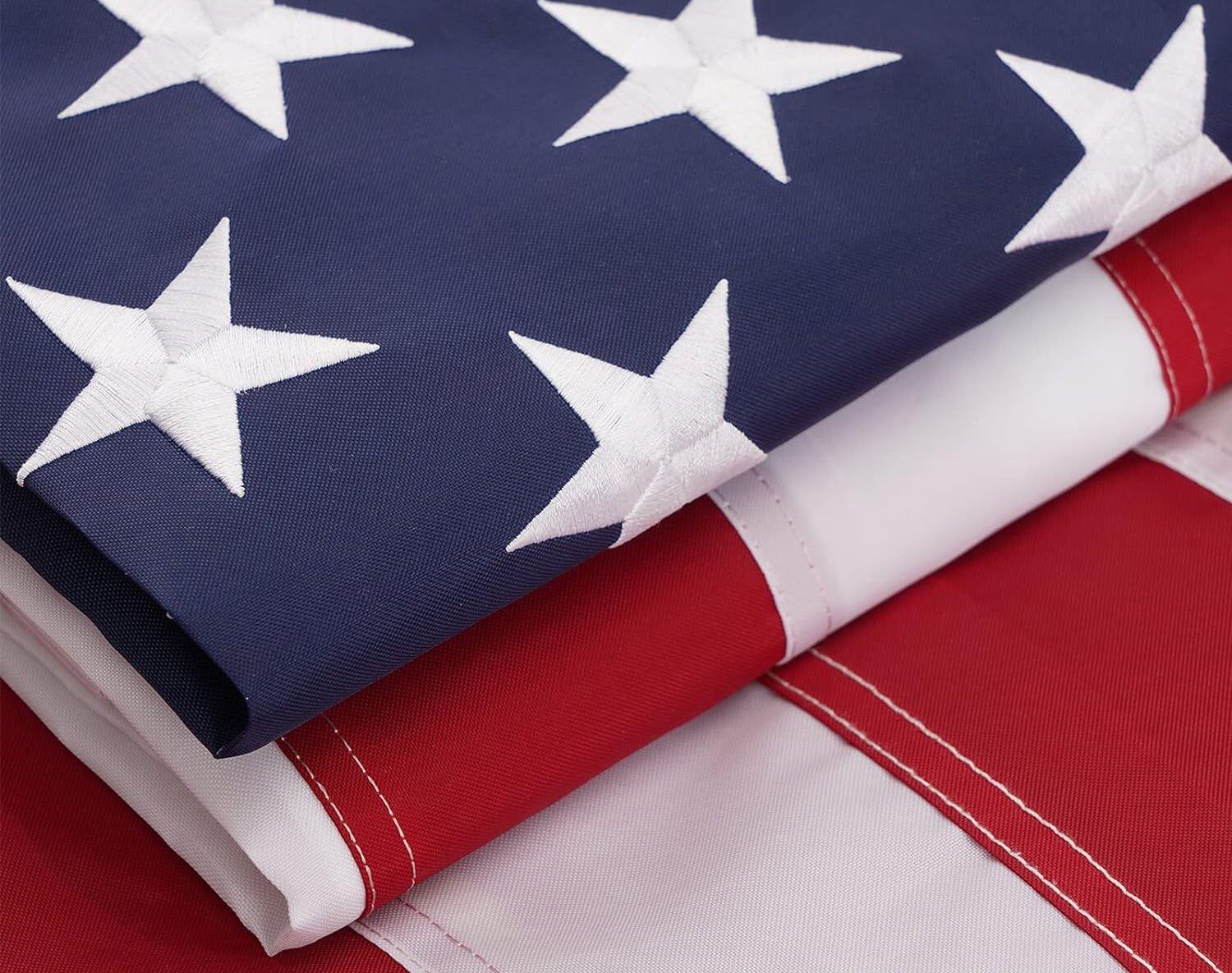



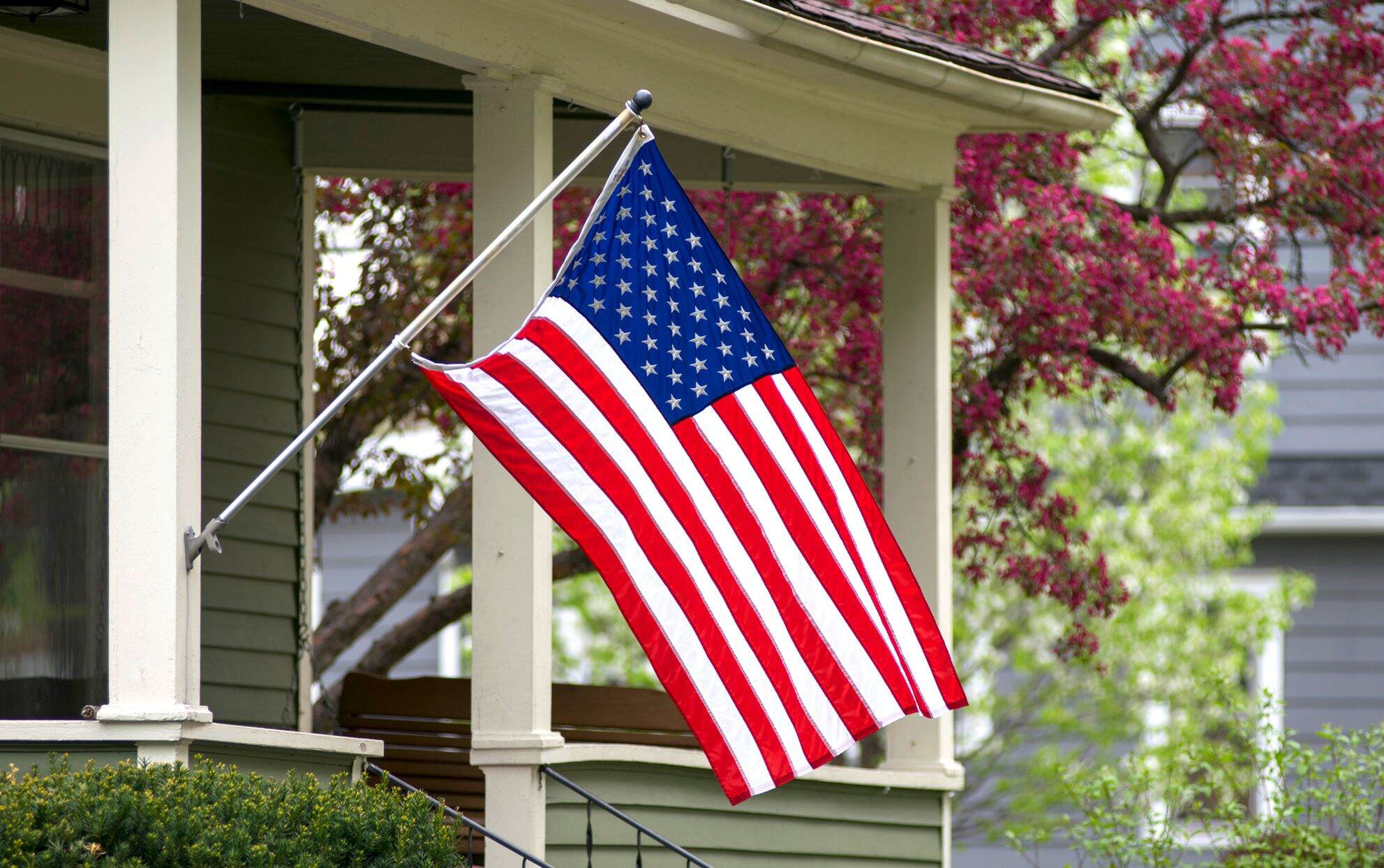
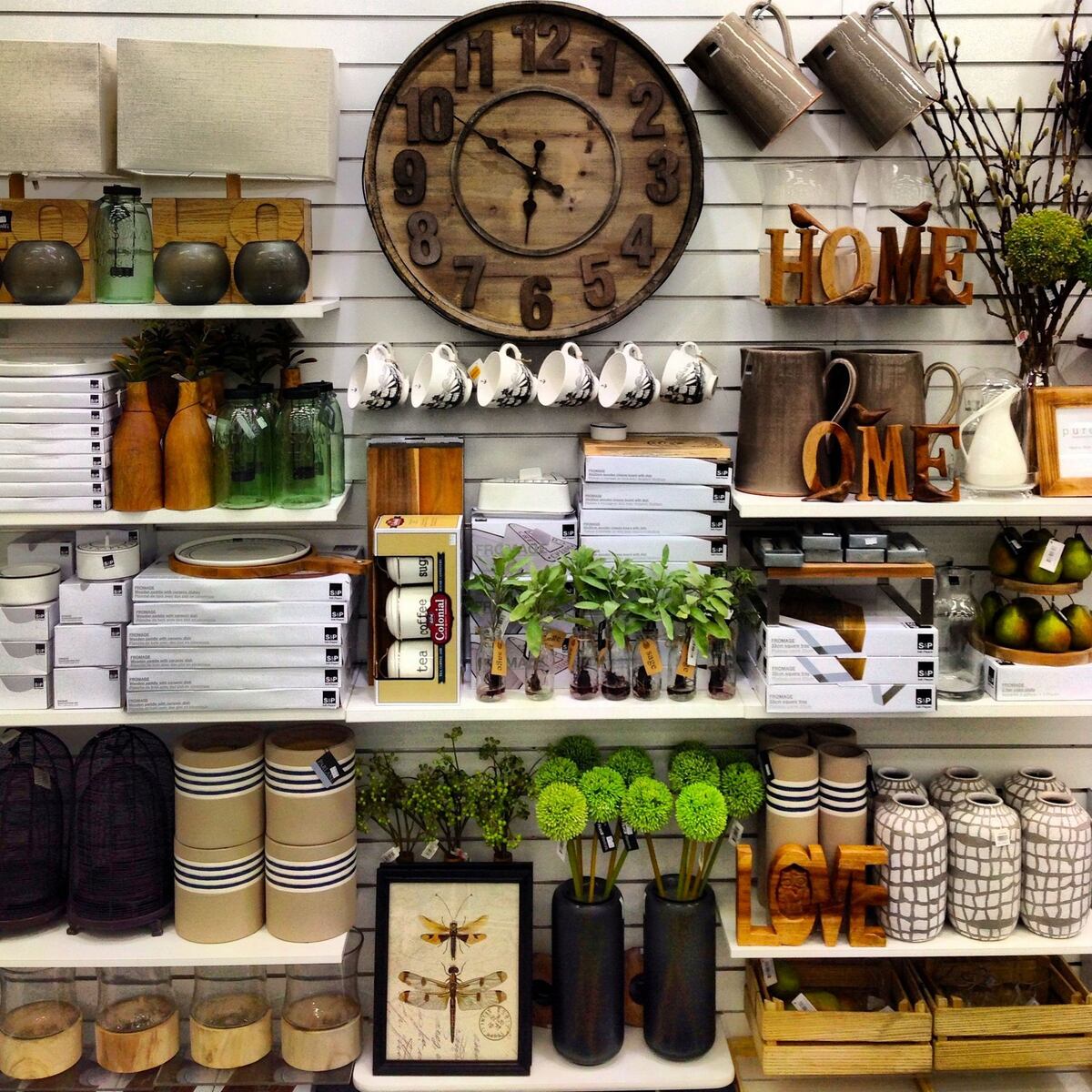







0 thoughts on “How To Store Decorative Flags”